An Ocala National Forest Report
Thank you for reading this Ocala National Forest Report. Spent three days and two nights up there this week. Heard lots of barred owls and woodpeckers. Very cool.
Subscribers without photos- go to https://www.spottedtail.com/blog/, please.
Some readers may remember that, when I went to the Econ last week, there was a sign saying the water had been contaminated by sewage. I called the Seminole County Health Department, the Department of Environmental Protection, and the St. Johns River Water Management District, got no answers from anyone but did spend a lot of time on hold. Gave me some time to think.
It’s happened twice that, while paddling the Econ, I came upon a group of women in waders doing environmental studies on the river. They work for the Seminole County Watershed Management Surface Water Quality Program. I called Michelle Shelton, a Senior Environmental Scientist there. Bingo.
What I understood her to say was that an old sewage pipe in Oviedo started leaking into a wetlands area adjacent to the Econlockhatchee. Any rainfall could move the poo into the river, which was signed as a precautionary measure. She did not know the timeline for when the river will be safe to use, but promised to keep me informed.
I need to call Oviedo. No one answered, so I just sent an email. I’ll report next week.
OK, since I had a meeting Monday evening, I couldn’t leave for Ocala Forest until Tuesday. I rolled out in the fog (take that however) at about 8 AM, got to Hopkins Prairie Campground and launched the kayak.
Expecting great things, I was miffed that it took an hour to get a bite. Twelve-inch fish, on a 3″ shad. Picked up the fly pole. Literally next cast, got a two-pound bass on my mouse gurgler. With a single exception, that was the best fish of the trip. Also, it was the only fish on fly that day. But, I owned the lake!
Worked it hard until 1300, then took a couple hours off. Went back out at 1530 and fished until after sunset, got one more fish. Kind of a tough day.
The campground has vault toilets and lacks a water source, but my site was in the shade of big live oak trees that owls hooted from a lot after dark. Very cool spot.
Wednesday morning I went to Farles Lake, still expecting great things. It looked great. Took me an hour to get a bite, a 12-inch fish. Then the wind came up, just to make things easier.
I stayed on the pond’s weedy margin, using friction with the vegetation to keep me from blowing away. Got a little one here, a little one there. Very slow fishing.
Started working a lee methodically, tossing a Senko into the deeper water. Nothing. Nothing. More nothing. A bite?! I set up and it was a real one, pulled drag and everything. One jump- a monstah! Then it came right in. I couldn’t believe it. Is that all you got? It was.
I pulled out the camera, got a few pics, unhooked it and let it go. What a wuss fish. A snook or redfish that size would have been embarrassed with that kind of performance. Anyway, it was, BY FAR, the largest black bass I’ve ever caught. Yay me. Other than that, a tough day. But that fish made the trip.
Mike Conneen was at my Alexander Springs campsite when I got there. It was good to see him and River Dog.
Thursday we fished the Alexander Springs Run. Expecting great things, I was again disappointed. Am I ever gonna learn not to have expectations when going fishing? It took an hour to get a dinker, and it was the only fish I got. The wind kept blowing me upstream, and I just was not feeling it. I wanted it to be easy, it was not. By noon I was done.
Mike and I found a mediocre (but expensive) restaurant and had lunch, then we got into our chariots and headed back to our respective abodes.
During my drive home, I found myself thinking that on my first trip to the Forest, I had done well. I checked this blog’s archives and discovered that trip happened during the second week in April. Maybe I need to make another visit in eight weeks or so…
That’s my Ocala National Forest Report. As always, thanks for reading!
Every day is a blessing. Don’t waste it- Go fishing! Go paddling! Go camping! Stay active!
John Kumiski
www.johnkumiski.com
www.spottedtail.com
www.spottedtail.com/blog
All content in this blog, including writing and photos, © John Kumiski 2025. All rights are reserved.
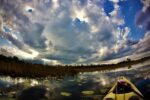
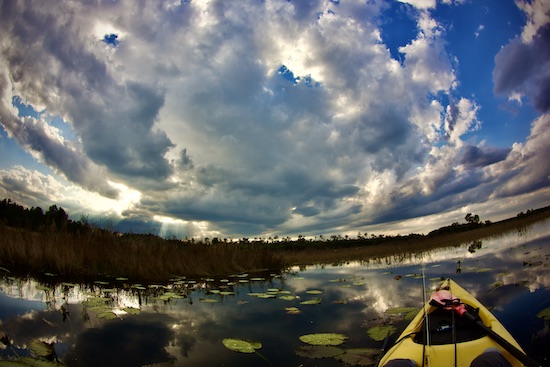
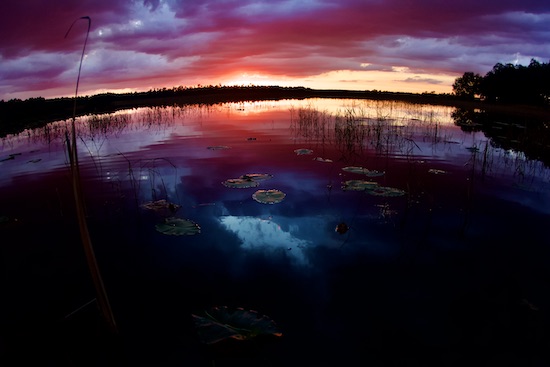
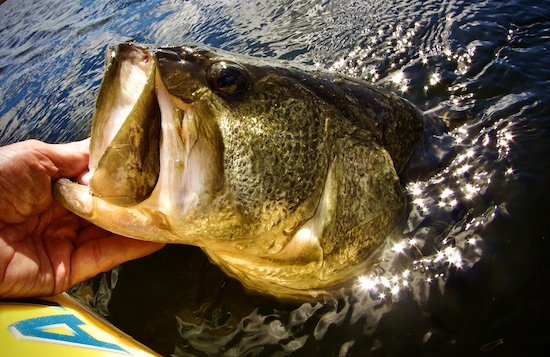
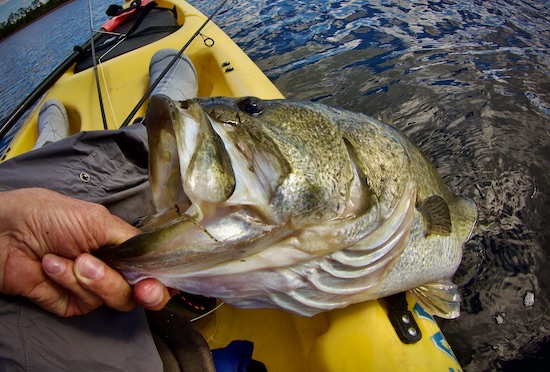
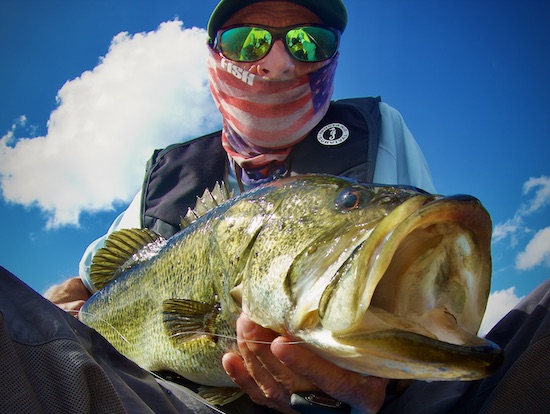
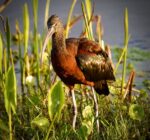

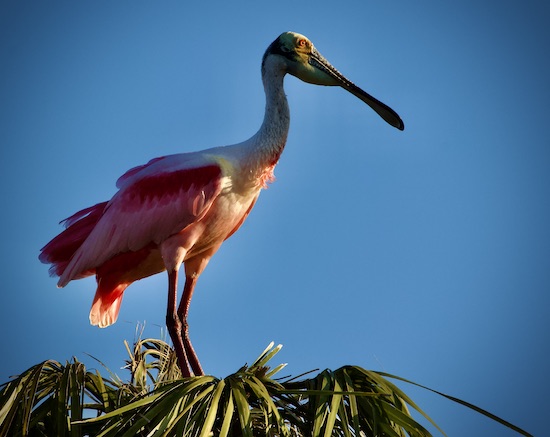


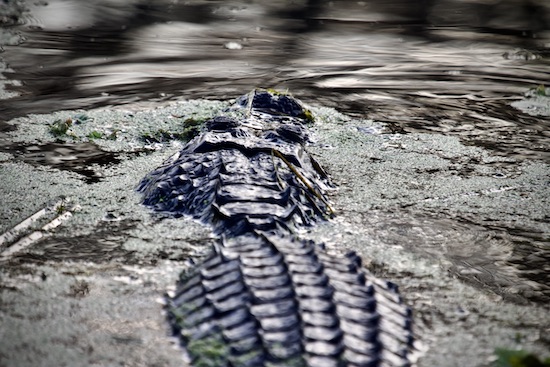
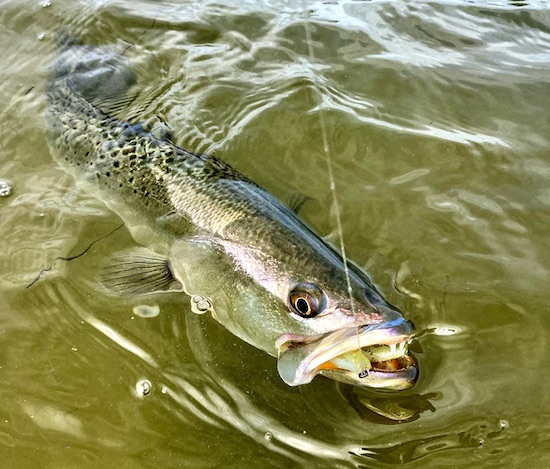
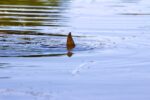
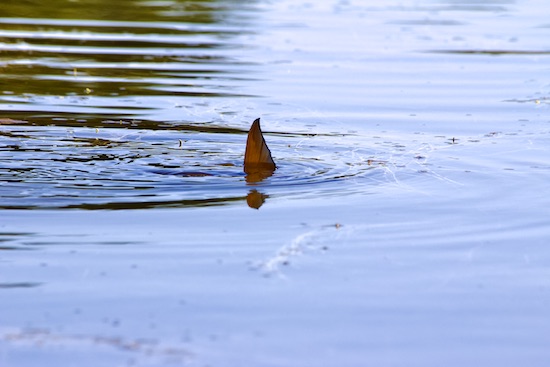
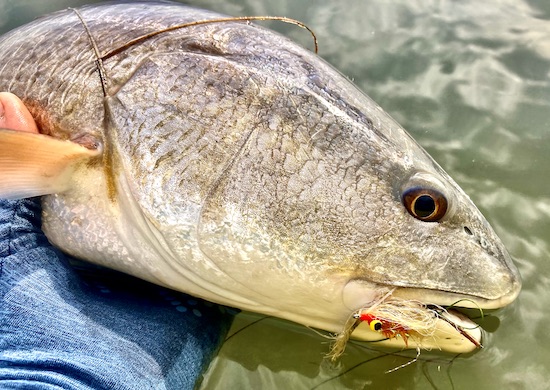
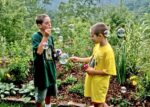

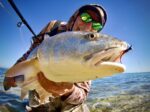
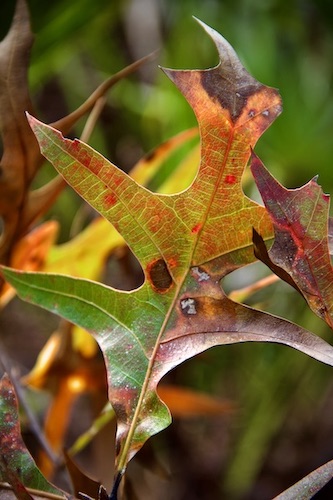
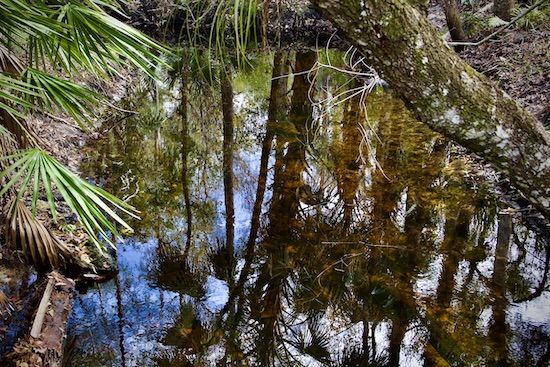
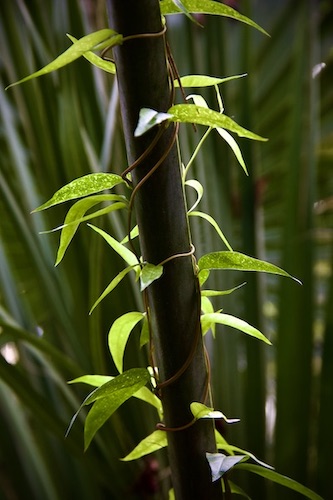
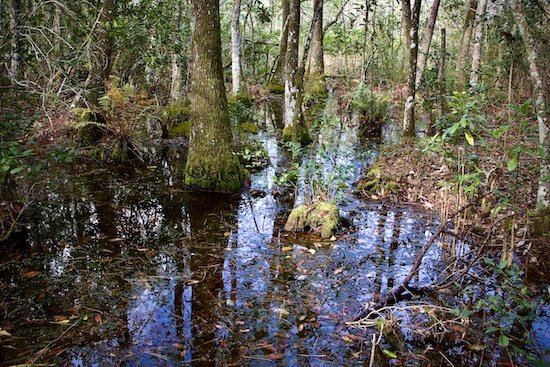
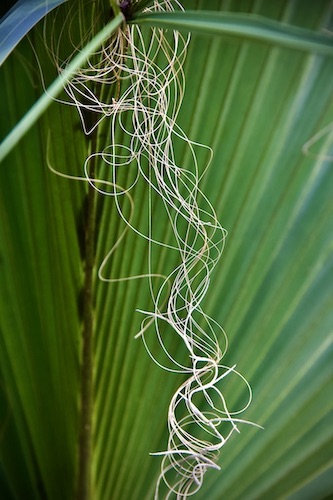
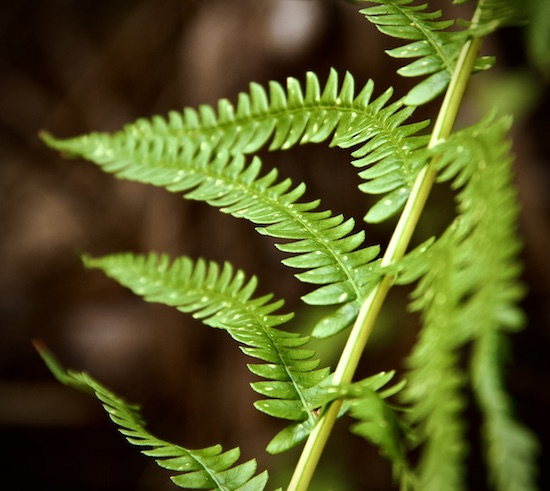
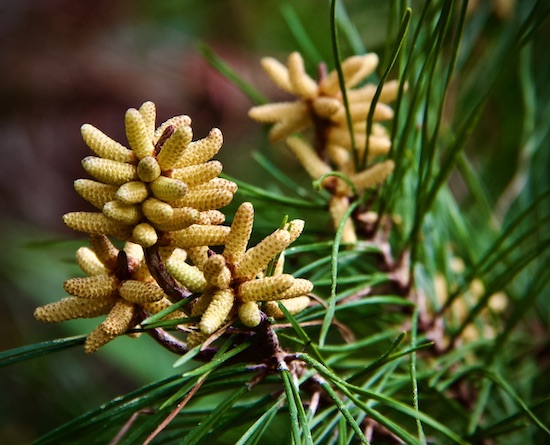
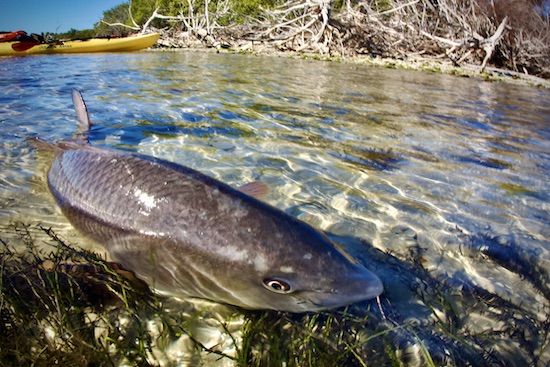
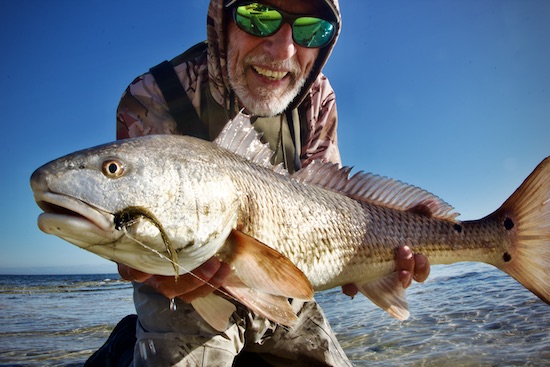

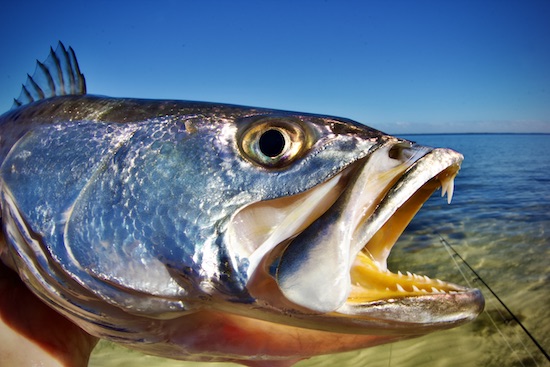


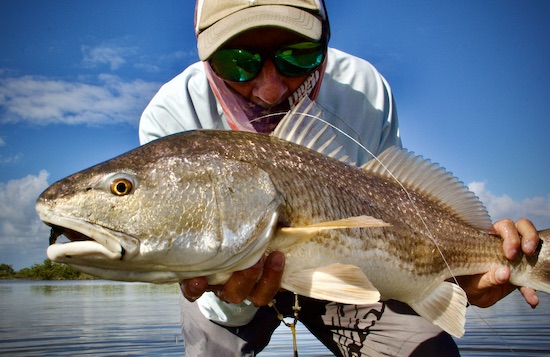


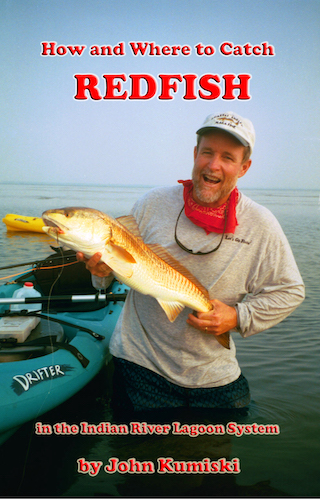
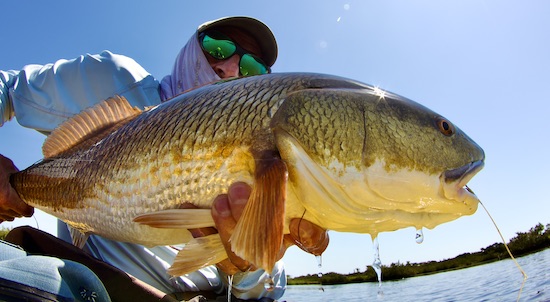
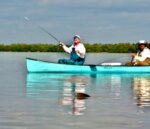
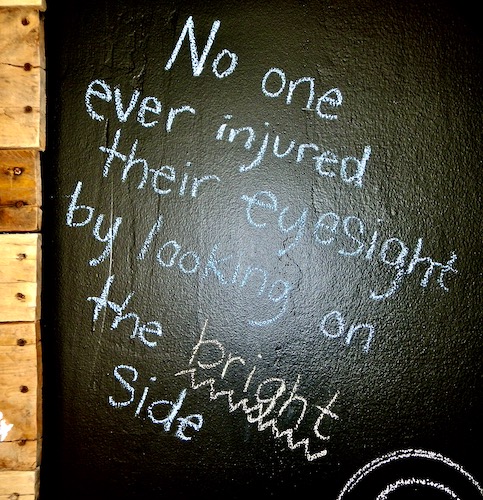
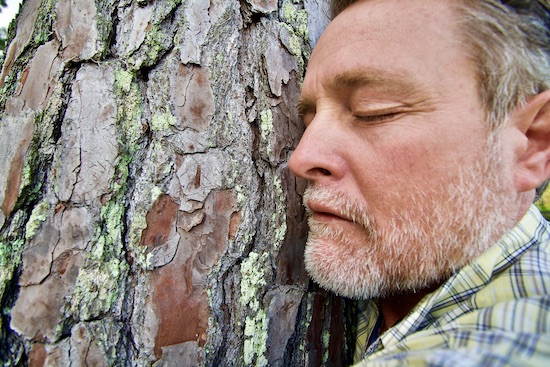
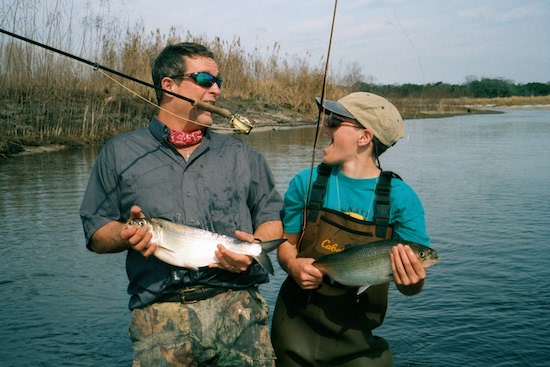
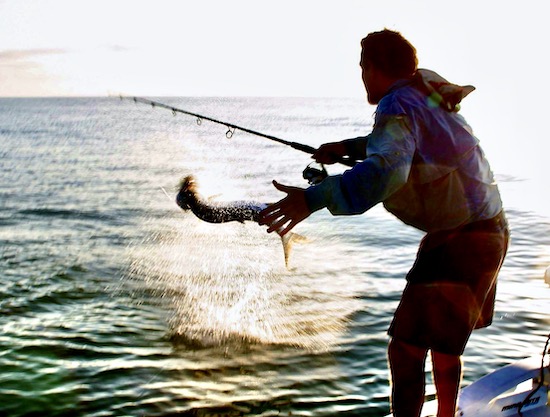

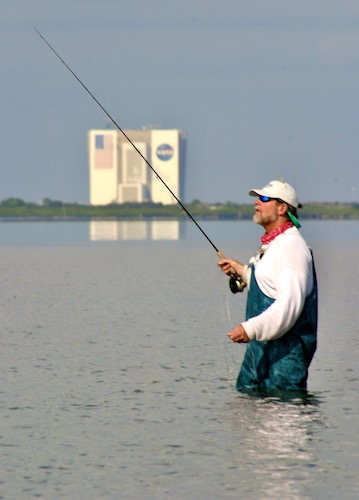
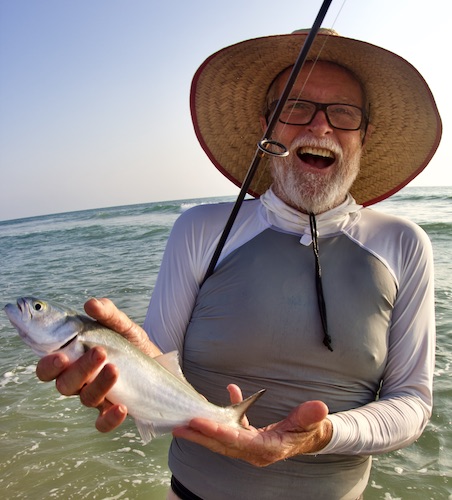
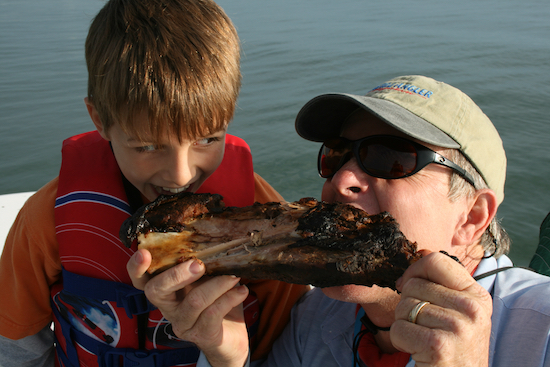
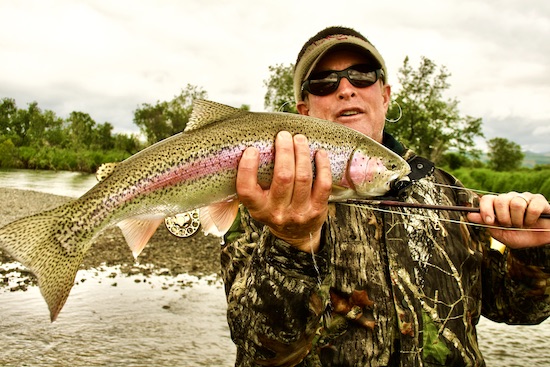
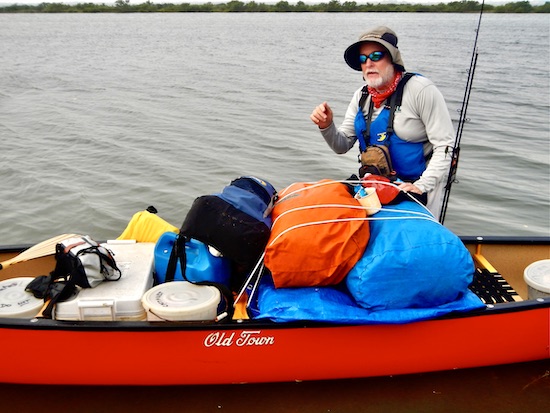
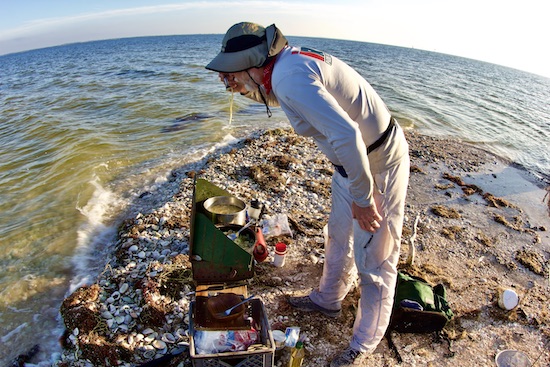
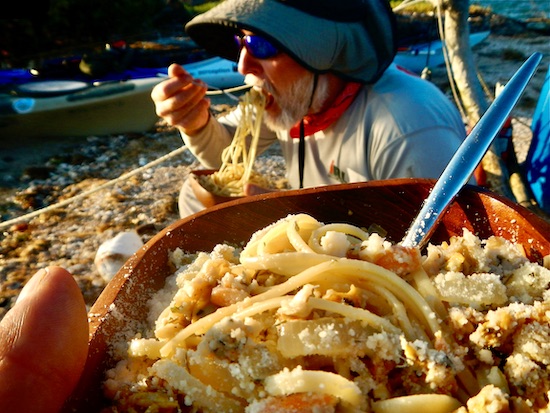
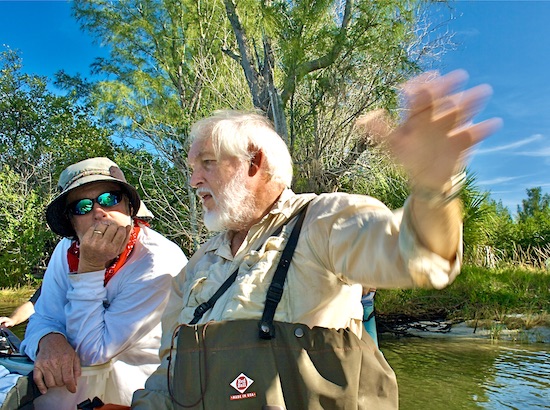
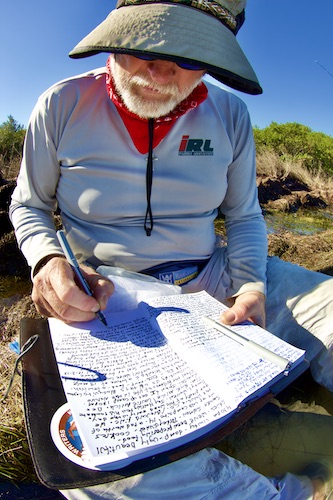
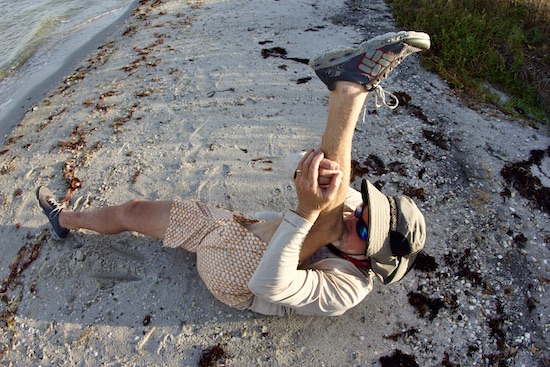

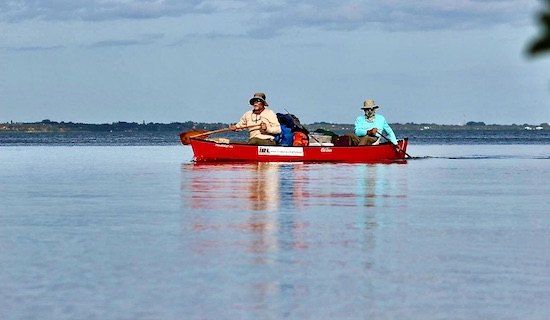
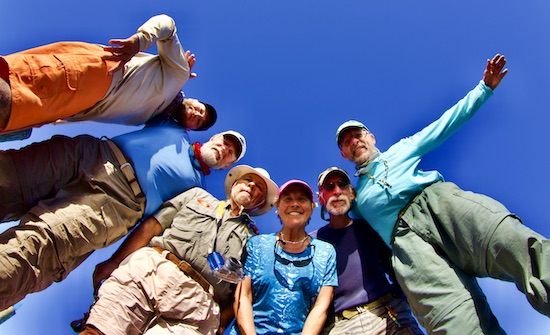
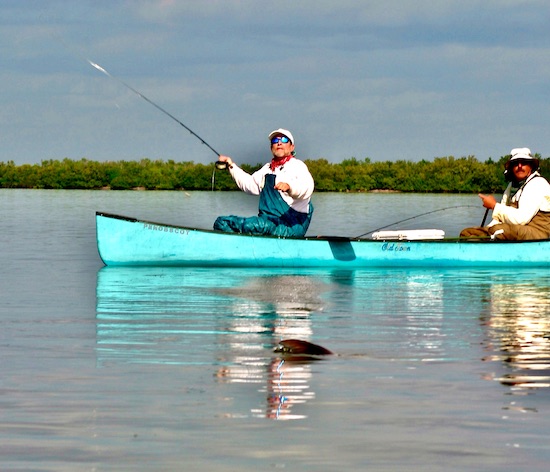
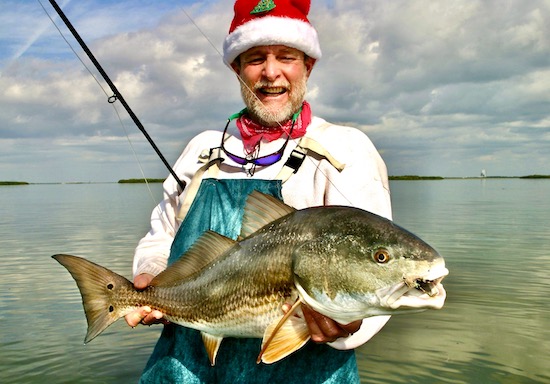
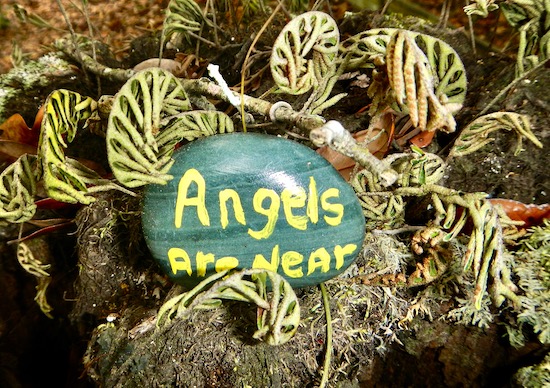
Recent Comments